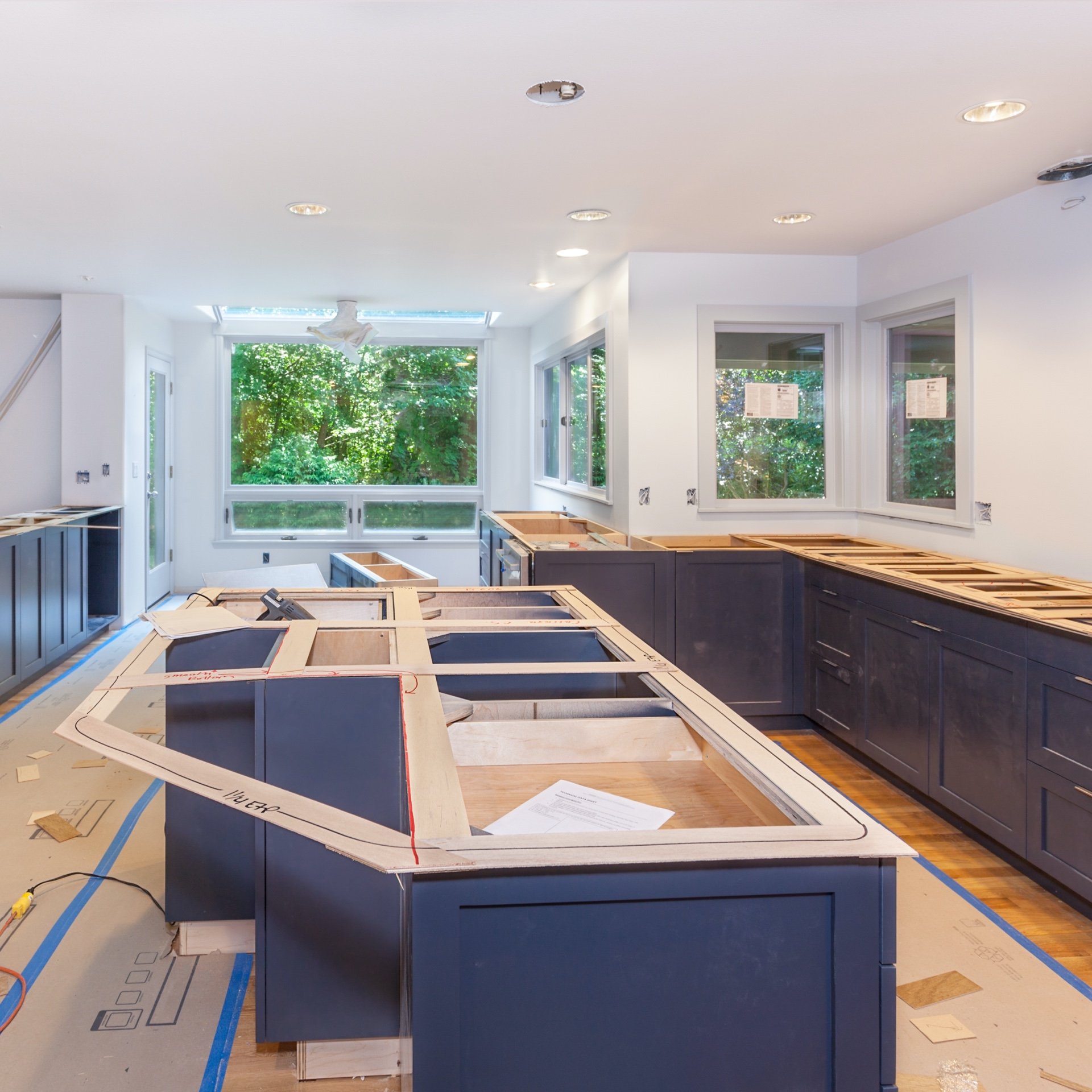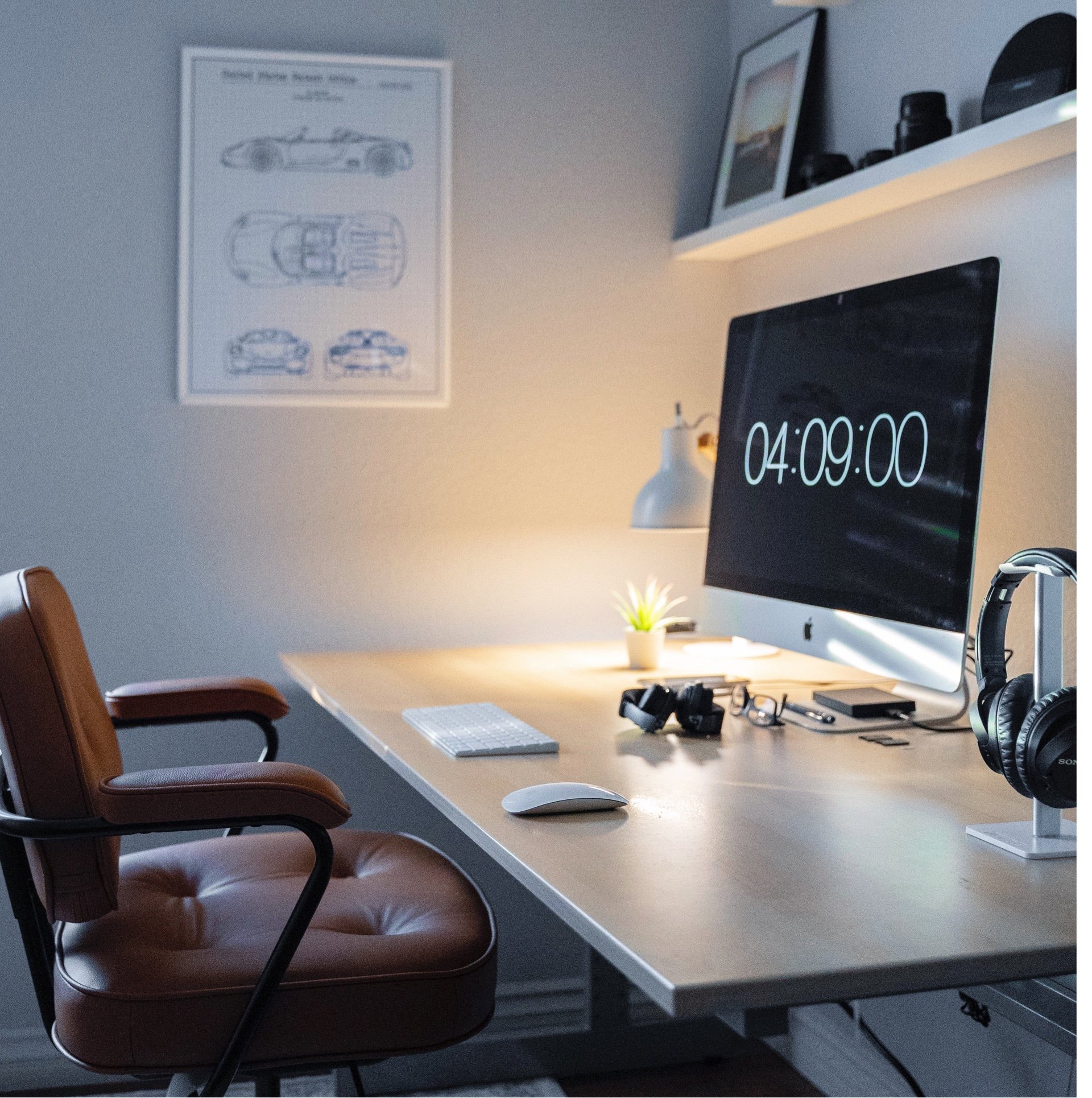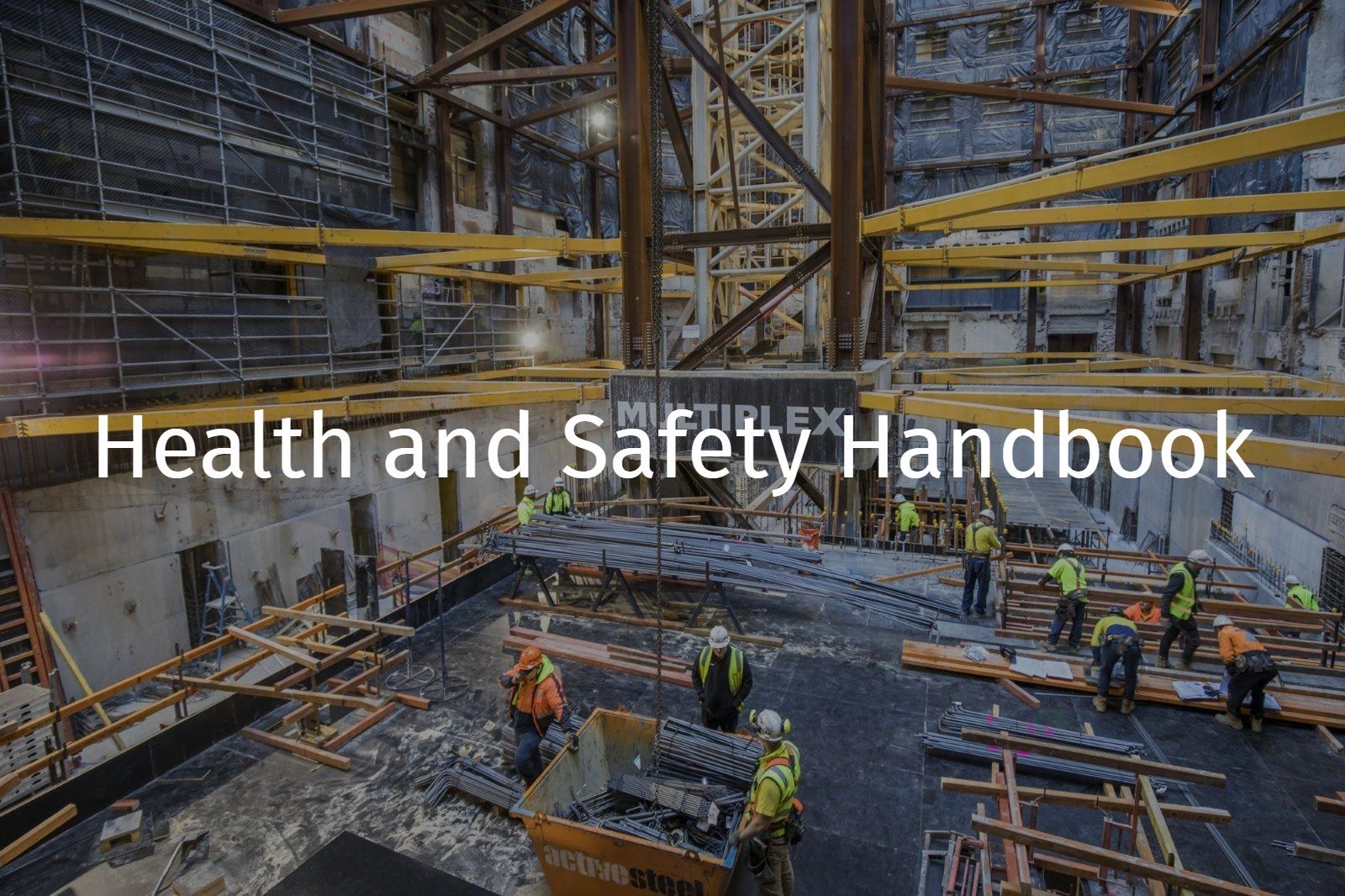Traffic management
References: R Record keeping requirement | E An engineering/certification requirement | P A permit to work requirement | S A safe work method statement (SWMS) / written plan
Hazards
Potential hazards include, but are not limited to:
- Collision with other mobile plant / light vehicles
- Collision with pedestrians
- Collision with structures
- Congestion.
Informative
A Traffic Management Plan (TMP) is prepared to outline the strategies for traffic movement’s offsite/around the site and meet the applicable regulatory requirements.
A Traffic Control Plan (TCP) or Vehicle Movement Plan (VMP) is a diagram established to detail the management of traffic risks associated with pedestrians, plant and vehicle traffic in the workplace.
Planning
R A Traffic Management Plan (TMP) must be:
- Developed by an Qualified Person (Traffic Engineer)
- In accordance with the relevant legislation, codes of practice, Australian standards and road/local authority requirements
- Approved as required by the relevant authority prior to implementation
- Reviewed for adequacy as the project develops / after a traffic related incident occurs.
A TMP should include but not limited to the following:
- Traffic control plans
- Safe work methodology or procedure for deploying and retrieving traffic control devices
- Pedestrian and traffic routes for mobile plant, material movements, people/pedestrians, waste removal, oversize loads (e.g. crossings, general construction traffic, haul routes, gates)
- Designated delivery, loading and unloading areas
- Traffic control devices (e.g. barricades, signage, demarcation etc.)
R Traffic Control Plans (TCPs) or Vehicle Movement Plans (VMPs) must be developed (where required) and reviewed for each stage of the project by a Competent Person and include but not be limited to:
- Site layout
- Mobile plant /vehicle and pedestrian separation
- Consideration of oneway systems, or turning circles to limit need to reverse
- Traffic control devices (e.g. barricades, traffic lights, boom gates and signage)
- Delivery, loading/unloading areas and work zones
- Emergency access/egress
R Traffic management plans / control plans / vehicle movement plans / drawings must be available on site where applicable.
P Approvals / permits must be obtained from authorities / councils
Temporary road signs must be displayed to warn drivers, cyclists and pedestrians of detours, bypasses and construction site activities.
MPX must determine and allocate laydown and loading/unloading areas for materials, tools and other equipment.
R People carrying out traffic management duties must be inducted into applicable SWMS, traffic management plans and hold valid records of competency / training, evidence must be retained on site, refer to:
Operational
Emergency vehicles have the right of way at all times
WA, NSW QLD - All people working on MPX projects must be made aware of parking and traffic management requirements for site through site induction or notifications.
All people working on MPX projects should be made aware of traffic management requirements for site through site induction or notifications.
Pedestrians must adhere to traffic controls/devices, signage, directions for traffic controllers.
All vehicles on site (other than those in an allocated parking area) must be fitted with operational reverse beepers, horn and flashing light/rotating beacon.
- Where deemed a project requirement required, two-way radio communications systems deemed must be fitted in vehicles.
Where erected traffic management signage must be maintained.

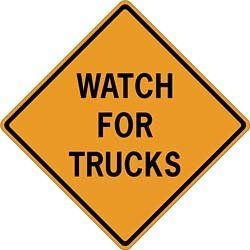

R Traffic management including traffic control devices must be:
- Installed, verified and maintained in accordance with the TMP or TCP and manufacturer’s specifications
- Inspected by MPX or subcontractor at the beginning of the shift and at the end of the shift (if set up more than one shift) or as specified in the TMP to ensure compliance with the TCP and effectiveness of control measures
- Monitored for tampering or vandalism or damage.

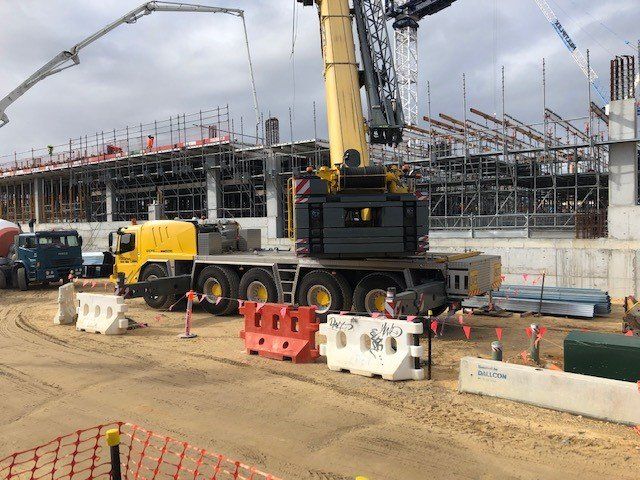


R Daily traffic management checklist in accordance with TMP must be completed
Any faults or damage must be reported to MPX as soon as practical and faulty or damaged equipment or devices should be taken out of service until repaired.
Vehicle operators/drivers must adhere to the site speed limits as signposted, traffic management rules and traffic controller’s directions.
Speeding will not be tolerated: the driver/operator and their employer will be issued with a written warning notice and may have their access and their vehicles access to site revoked.
Spotters or escorts should be in place to guide large reversing vehicles, or where interface between mobile plant and people exist.
Persons directing traffic must wear approved high-visibility clothing and use standard hand signals to direct traffic approved signs.
Any person, who parks their vehicle on any concrete surface on site for any reason, is responsible for any fuel, oil or similar leak. The vehicle operator will be responsible for the clean-up of the contaminant.
Onsite parking of trade related vehicles will be monitored by MPX.
Traffic Controllers
At all times a traffic controller must wear high visibility clothing refer to:
- Section: PPE and must:
- Be deployed as per the TMP/Traffic Control Plan.
Additionally where night works are occurring, traffic controllers
- Night work clothing consists of a 'Class N' outer garment made from retro reflective material, including retro reflective hoops on the body, arms and legs.
- Be equipped with illuminated wands.
Light Vehicles (LV) (non-delivery) (NSW, WA and QLD)
P WA - A Light Vehicle (LV) *permit must be obtained prior to entering site.
- Light Vehicle Permits (LVP) must only be issued to subcontractors who clearly establish a need for the use of LV on site e.g. the LV must be used constantly to transport equipment, materials or tools around the site.
LV stickers must be displayed.
LV’s permitted on site are at the owner’s risk.
LV’s must have valid road registration, be roadworthy and insured.
LV’s must:
- Keep to the defined roads/tracks
- Not overtake any other vehicle, unless the other vehicle is stationary.
Drivers of LV’s must a valid driver’s license.
All people in an LV must be seated, in a forward facing seat, with a seat belt on. Passengers must obey any reasonable instruction from the driver.
Riding ‘on’ or ‘in the utility tray’ of a LV is not permitted.
LV’s that are faulty must not be operated on site. If the fault develops during on site operations the vehicle must be stopped in a safe location, isolated and tagged out in accordance with
- Section: Lock out, Tag Out and Service Isolation, and
The vehicle driver/owner must arrange for the vehicle to be removed from site.
The driver must not use a mobile phone, whilst the vehicle is moving.
Any load within or on the LV must be secured / restrained with appropriately rated equipment and as far as practicable be separated from the driver and or passengers.
When parked, LV must be reverse parked wherever practicable, engaged in 1st gear, handbrake applied and engine turned off.
Unattended LV’s in a non-designated parking area must have keys left in ignition at all times and contact name clearly displayed on the dash.
LV must be maintained in accordance with the manufacturer’s specification.
Visitor and Sub-contractors Parking on Site
Parking of vehicles is not permitted on site without MPX authorisation.
MPX is not obliged to provide parking for subcontractors, visitors or staff.
Where parking on site is permitted a designated parking area must be defined.
Drivers must only park in designated areas and must use defined entry and exits points.
Any people who park their vehicle in designated parking areas do so at their own risk MPX is not responsible for any damage or theft - the vehicle owner is responsible.
Deliveries
Deliveries must be scheduled at least twenty four (24) hours prior to the proposed delivery date and time using the project delivery booking system unless approved by MPX.
Deliveries must only be made to pre-arranged laydown areas.
Unless otherwise arranged subcontractors are responsible for obtaining approval and liaison with the relevant authorities for matters including:
- Allowance for over width / size deliveries
- Temporary road closures
- Traffic management pilot vehicles
- Transport permits.
WA - The subcontractor is responsible for supervising their deliveries and delivery drivers.
Delivery vehicles/drivers must report to the main gate for directions and instructions.
Delivery vehicles as far is as practical are not to be left unattended.
Delivery vehicle must be stationary and engines must be switched off (where practical) whilst unloading.
Delivery vehicles (including trailers etc.) must not be left on site, unless approved by MPX.
Sea Containers (WA, NSW and QLD)
The person using the sea container (MPX or the subcontractor) should be present during the delivery and removal of the sea container.
The doors of any sea containers should be opened for inspection prior to being winched or lifted.
The truck driver should be informed of the total weight of the sea containers and its contents before being winched or lifted.
The rated capacity of the truck, winch and any associated terminal lifting equipment should be verified prior to movement.
The truck and sea container should be aligned prior to winching.
Exclusion zones should be established prior to winching or lifting.
Legal and Other Requirements
- AS 1742 Manual of uniform traffic control devices
- GN Safe movement of vehicles at workplaces (WA)
- Traffic Management for Construction or Maintenance Work Code of Practice (Qld) 2008
Document Control
Version 1 August 2019 – New Standard
